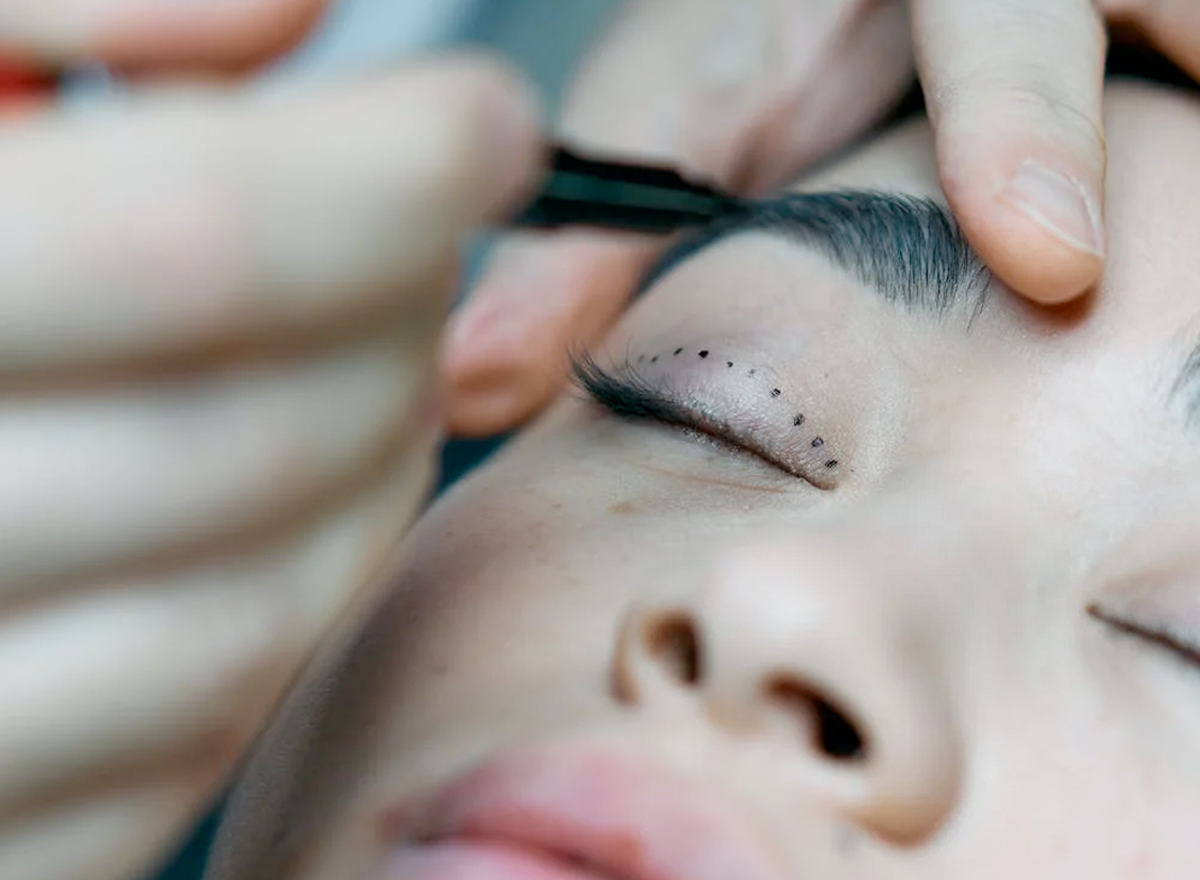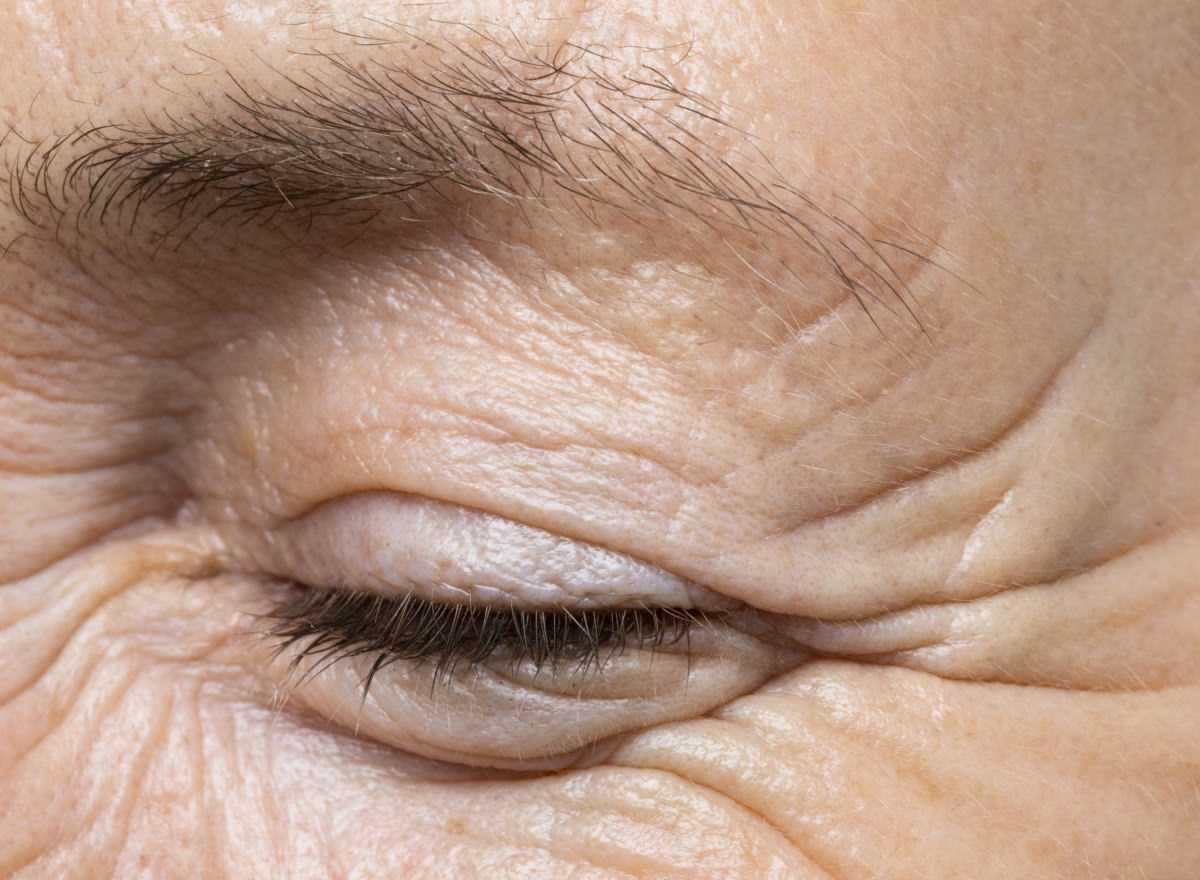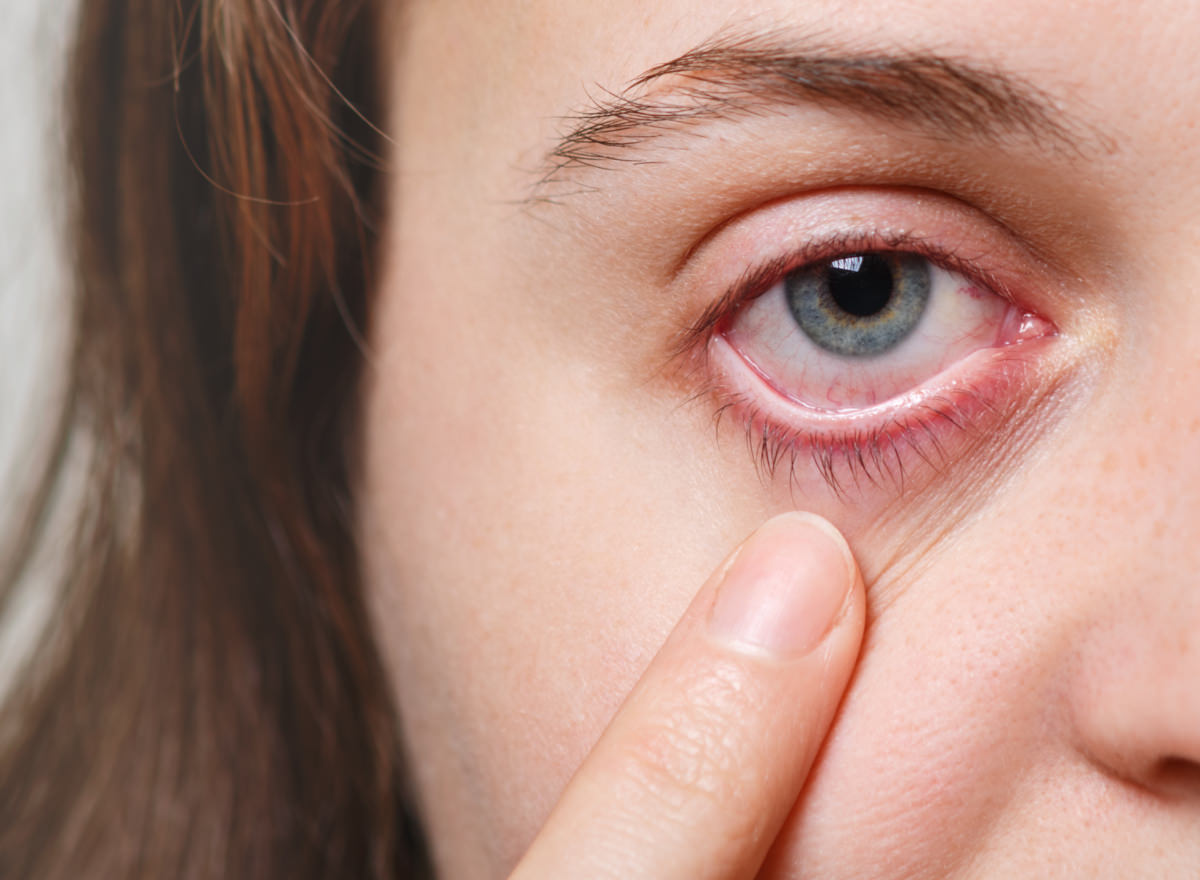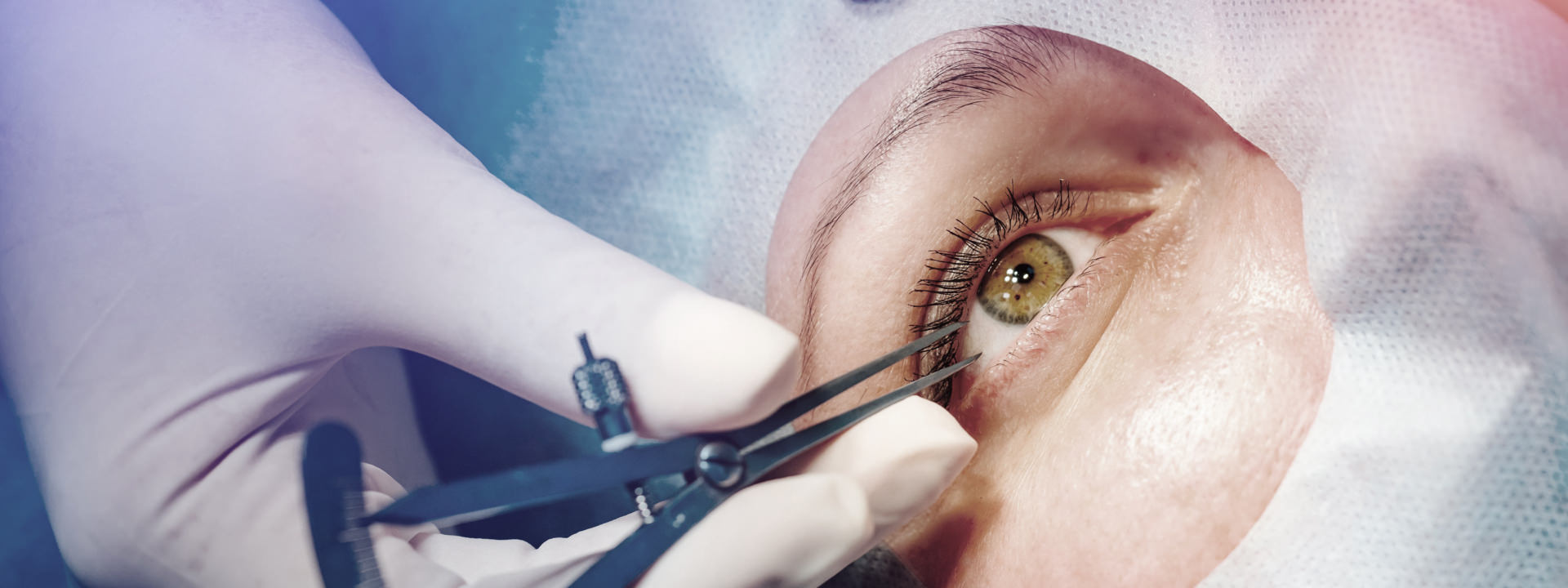
The eyelids perform an important function, both in terms of good appearance and good visual performance. Therefore, changes in the eyelids can be both cosmetically disturbing and cause subjective irritation. A good position of the eyelids has enormous importance for visual function and a fresh appearance.
As part of the natural aging process, the skin in the eye region sags. This results in excess skin in the area of the upper eyelids (dermatochalasis), which leads to a restriction of the field of vision, a feeling of heaviness of the eyelids and visually tired eyes.

This change can naturally lead to eyelid malpositions (outward or inward turned lower eyelids). These can lead to functional disturbances of the visual performance and a changed tear flow.
In case of suspicion, tissue neoplasms in the area of the eyelids should also be examined or removed within the framework of a histological clarification.
After a thorough examination and discussion, we offer the following eyelid plastic surgery procedures:
- Surgery of the drooping eyelids (blepharoplasty)
- Cosmetic eyelid correction
- Surgical correction of eyelid malpositions
- Entfernung von Lidtumoren
What happens during blepharoplasty?
In blepharoplasty, the excess skin to be removed is marked before the operation, and after local anesthesia, the incision is made in the operating room directly in the fold of the eyelid, so that the scar is hardly visible later. After removal of excess skin and fatty tissue, the wound is closed.
After the operation, the patient receives a plaster bandage on the eye region and goes home. After a few days, the sutures are removed.
In a detailed consultation I will be happy to advise you about the necessity of the operation, the procedure during the operation as well as the chances of success and possible side effects.

Malposition of the eyelids
Changes in the musculature in the area of the eyelids, slackening of the eyelid ligaments or injuries to nerves can lead to malpositioning of the eyelids and thus to functional impairment. If this leads to an outward rotation of the lower eyelids, this is called an ectropion. As a result, dry eyes, watering and permanent changes in the area of the eyelids may occur.
If the eyelids turn inward due to the described changes, an entropion develops. In this case, there may lead to a foreign body sensation up to the formation of ulcers on the cornea.
Ptosis occurs when there is a slackening of the eyelid elevator muscles or a disturbance of the nerves. Depending on the severity, this leads to a visual field restriction and impaired vision. Especially in children, this change must be recognized in time and treated consistently.


Other changes in the area of the eyelids
A variety of changes can occur in the area of the eyelids. Most of these changes are benign and do not lead to functional impairment. They are mainly styes, warts, fatty deposits and hemangiomas.
Of course, there are also malignant changes on the eyelid, which must be detected and treated in time.
Some of these changes can also lead to infections and inflammations, these are painful in contrast to the other changes, therefore in such cases the patients visit the ophthalmologist earlier.
it is of enormous importance to consult an ophthalmologist in case of new occurrence of eyelid changes.

